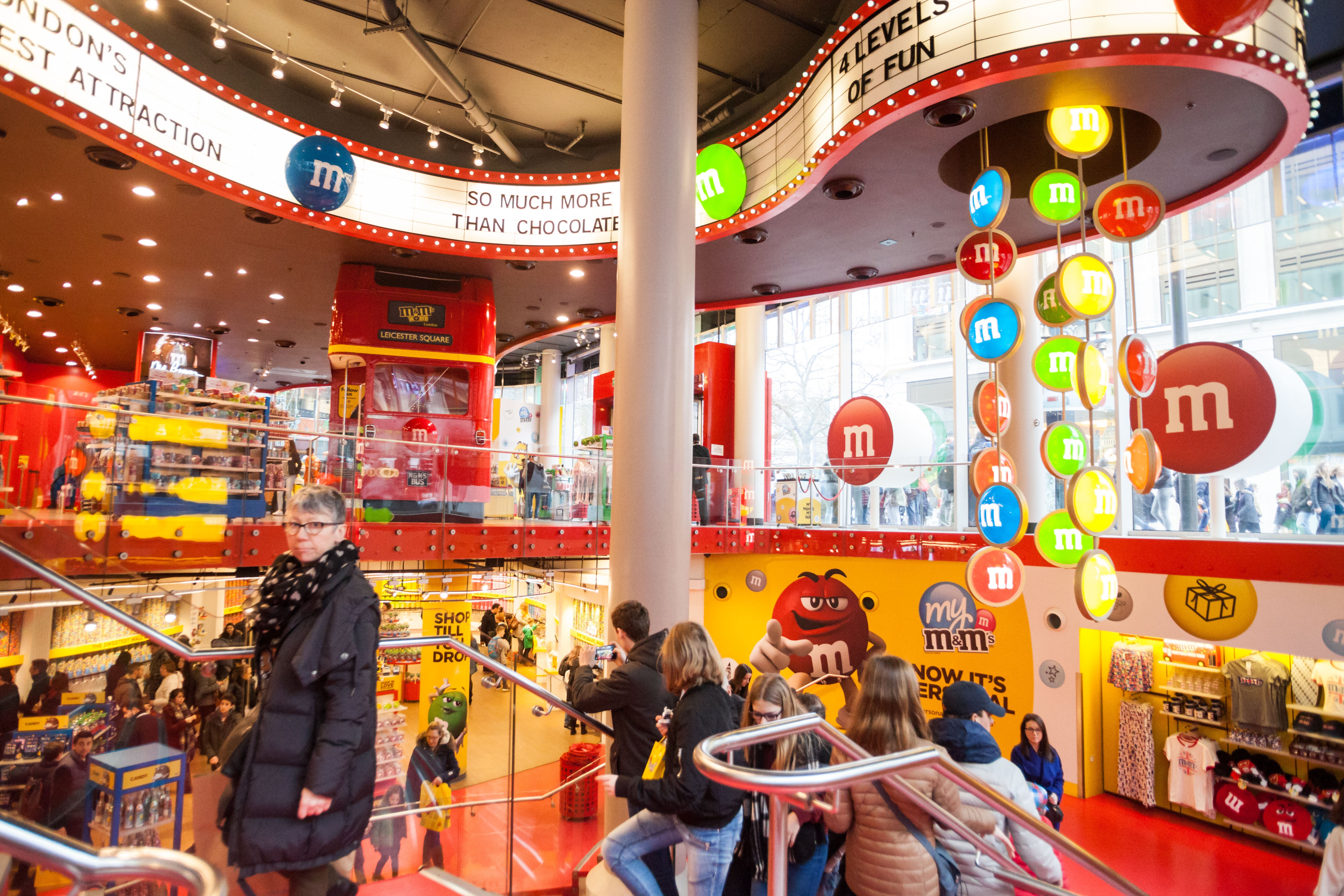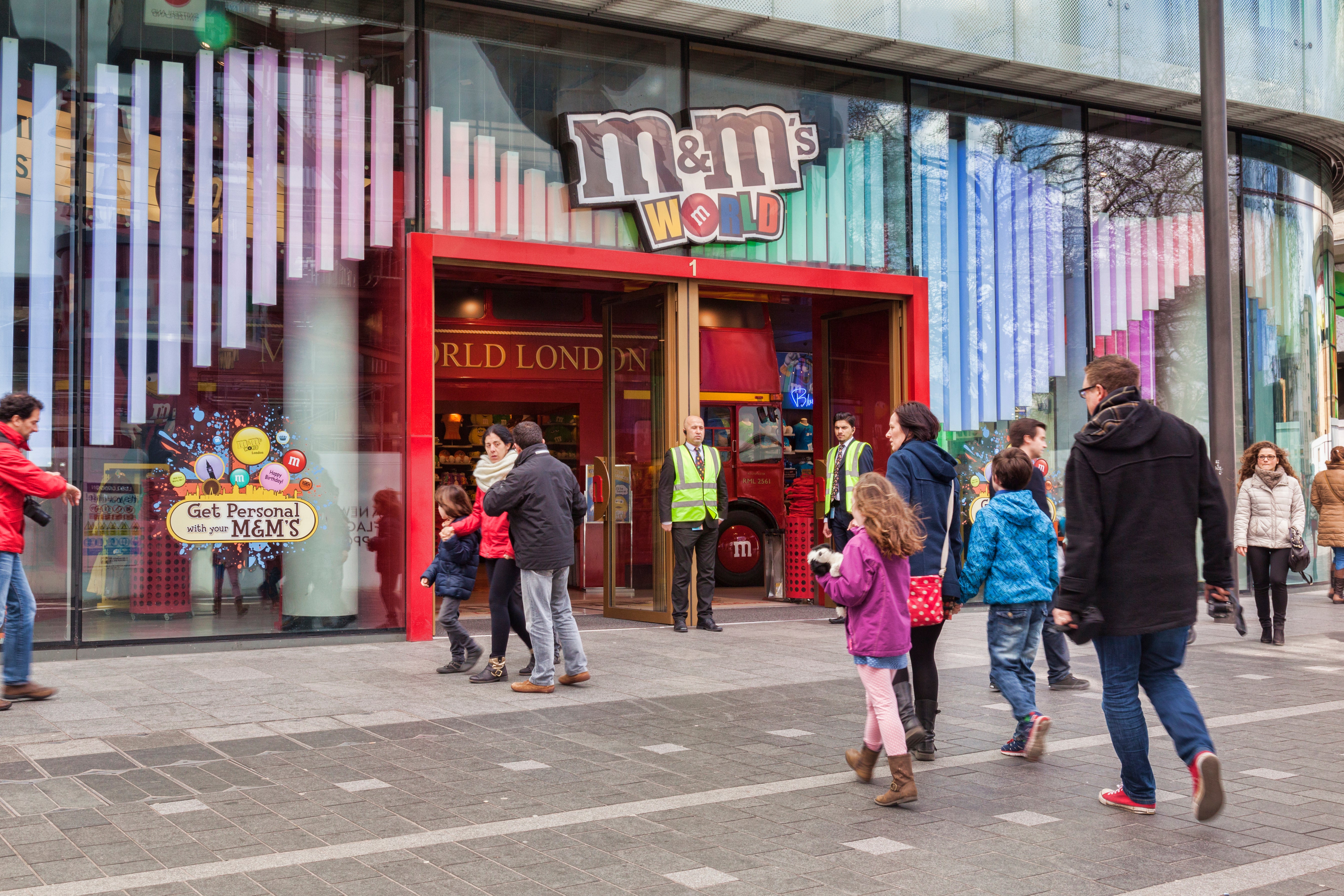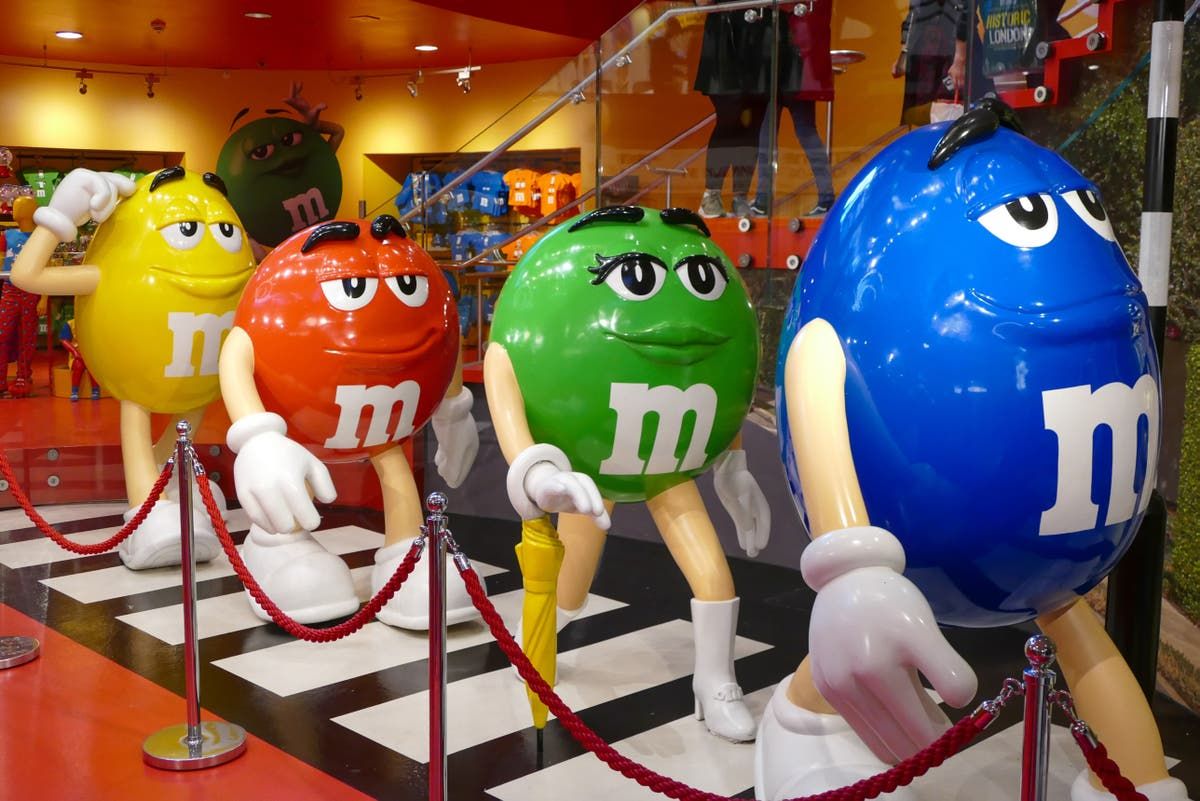Your support helps us tell the story.
My recent work focusing on Latino voters in Arizona has shown me how crucial independent journalism is to giving voice to underrepresented communities.
Your support is what allows us to tell these stories and draw attention to issues that are often overlooked. Without your contribution, these voices may not be heard.
Every dollar you donate helps us continue to shed light on these critical issues in the run-up to the election and beyond.
Eric Garcia
Washington Office Chief
IThere is a dark force in the middle of Soho. Like an abyss, it swallows light and repels hope. It corrupts all who approach, trapping them in its embrace. Its levels curl in on themselves like an Escher artwork. At its hollow center, a DayGlo spiral staircase twists upward to look down on the desert that is Leicester Square. Dante believed hell had nine circles, but there is a place more terrifying than anything he imagined in the Divine Comedyand it has four floors. I'm referring, of course, to M&M's World.
M&M's World, a Minion-shaped store that sits on the corner of Leicester Square curving into Chinatown, has established itself as the empty heart of central London in its 13 years of existence. It popped up here in June 2011, taking over a site formerly occupied by the Swiss Centre. To this day it is the world's largest candy store, boasting an impressive 35,000 square feet of pure, unadulterated M&M's content. It is one of a series of bizarre “universe”-themed shopping venues dreamed up by the world-building executives at Mars, Incorporated: the first opened on the Las Vegas strip in 1997, followed by outposts in Florida, New York, Nevada, Shanghai, Minnesota and Berlin.
Created as part of Westminster City Council’s regeneration plan for the local area (conceived amidst the rosy haze of the London 2012 Olympics dream), M&M’s World aimed to turn Leicester Square into a “world-class destination”, similar to the redevelopment of Times Square in New York that turned it from a dangerous, forgotten, crime-ridden area in the 1980s into the mecca of consumerism and tourism that it is today. Which, if you’ve ever endured the mecca of consumerism and tourism that is Times Square, may make you wonder: why would anyone want this? Times Square is an experience you endure when you go to New York because you think you have to tick it off as visited. It’s not something you actually enjoy; it’s something you think you must suffer through, against your will, in order to complete the trip.
I have visited M&M's World in London, both voluntarily and against my will. The first time was when I had just moved here, a decade ago, when I took my then-boyfriend to see it. I had only lived in London a few weeks, had no idea what to do with my time, and M&M's World presented itself as viable and interesting enough to distract us, albeit slightly ironically, from the fact that we no longer had much to talk about. Afterwards we retreated to the now-defunct Yates's wine bar across the square, and of course inevitably parted ways in the glow of smug yellow peanut M&Ms, slutty green M&Ms, and crunchy blue M&Ms. It's not something I would particularly recommend, but I suppose I was still a tourist back then, and it was, then, something to do.
I work in Soho these days, so I pass M&M's World every day on my commute, and despite myself I am astonished by the queues out the door. Once, on a gloomy, rainy morning in late August, I stopped to take a cheeky photo of a group of about 10 teenagers with matching backpacks and depressed-looking young parents sitting on their anoraks waiting for the doors to open. The shop's opening hours make it surprisingly accessible: it's open from 10am to 11pm six days a week and from 12pm to 6pm on Sundays. Once inside, visitors can enjoy walls of pick-and-mix sweets for, incredibly, £2.49 per 100g, or buy M&M's stuffed animals and mugs, M&M's with the Union Jack and M&M's with crowns. If you want it, you can buy it, and you will eventually do so. The world of M&M is, inevitably, as expensive as it is soulless.

“Agree on your finances before you go in!” advises one harried parent on Tripadvisor. Other reviews describe it as “very expensive,” but kids love it. “It cost an absolute fortune when they picked out their favorite colors.” Perhaps this review best sums up the fallacy of M&M’s World: “This ended up being a huge waste of time, as the store’s staggering floor space and multiple floors house the exact same product: M&Ms that are exorbitantly priced and tacky T-shirts and mugs that can be found online for less.” But what surprises me most is that most of the online reviews are unexpectedly glowing, even if one caveat is that “there are no trash cans.” Some complain about the lack of a “unique experience” offered by M&M’s World. There are no major exotic Big Daddy M&M flavors in the United States. The only things typically British are the kitsch M&M figures dressed as the King's Guard, or a red double-decker M&M's bus, or a parade of four M&Ms walking across an Abbey Road-style zebra crossing.
In 2016, Patrick McIntyre, then global retail director at Mars, said that 13 percent of all M&Ms sold in the UK were sold through this single store. That year, on a particularly busy Saturday during the school holidays, a record 33,000 people passed through its front doors. “That's a tremendous amount of people in 36,000 square feet,” he told Insider Trends. “It's probably the closest thing in terms of truly amplifying the M&M's brand in a completely immersive way — from being outside in Leicester Square to those four floors, having big, bold, fun, completely unexpected moments with our brand. While it is a retail space and it makes money, it's really there to amplify what it is to be an M&M.”
What exactly does it mean to be an M&M? Do the people who go to M&M’s World, seemingly of their own volition, know the answer? Are they amplifying what it’s like to be an M&M? On Instagram, people are trying. The store’s hashtag is an endless parade of images of people posing with the big plastic M&M figures or contorting themselves inside the store’s red phone booth, a simulacrum of a barely-there tourist attraction in London (if you really want this photo opportunity, there is a red phone booth in Westminster with Big Ben in the background, but you have to queue for your photos there, too). One person, describing on Tripadvisor the stark reality of this bizarre M&M experience, writes: “If you’re looking for photo opportunities, consider this: You’re going to be waiting 15+ minutes to get a photo with an M&M. You’re in London, a world-class city, and you have plenty of stellar photo opportunities that don’t involve M&Ms.”

This is one of my problems with M&M’s World: it’s not a real experience, it’s an overhyped photo opportunity masquerading as a physical space. For its part, it bills itself, inevitably and unsurprisingly, as an “immersive experience.” The tourism economy is driven by the force of the immersive experience, of places and sights created and marketed to be seen from above, from the grid. A reduction of travel to Instagram spam, a reduction of an area to an antiseptic playground. I love working in Soho, but it’s hard not to feel like it’s become a carnival of immersive experiences and endless American candy stores. Even before M&M’s World, the spaces of Leicester Square lent themselves to this kind of empty tourism. The Swiss Centre, its predecessor, was a 14-story building meant to be a showcase for the country of Switzerland. An odd concept, it included a Swiss bank, a tourist office, a Swissair ticket office, a café and several Swiss-themed restaurants located in the basement. Over its 40-year existence, it became increasingly distant from this already precarious concept, with many of its shops left empty before it was finally demolished in 2008. Today, only the novelty clock remains, that and M&M's World.
Now, hordes of tourists spill around that clock, with its pastoral figures and bells playing carillon-like tunes, making obligatory Instagrammable loops between M&M’s World, McDonald’s, the Lego store and the Mr Bean and Harry Potter statues decorating the social-media-friendly centre of Soho. Last year, 20.8 million people visited the city. It is one of the busiest metropolises on Earth. And, crucially, one of the most expensive. In 2023, international visitors spent an all-time high of £16.7bn in London – about £819 per visit, and 18 per cent more than in 2019. It’s a financial sinkhole, particularly if you come with small children who love chocolate and bright colours. Lonely Planet’s advert for the virtues of M&M’s World emphasises that it is both strange and, crucially, free. Few experiences in London, immersive or not, can say the same. Of course, these free “experiences” attract families with the expectation of spending time there. And that’s exactly what will happen.
I haven't spent much time at M&M's World since I broke up with DayGlo, though it pops up a lot on my commute and I'm forced to endure its crowds on my lunch breaks, but I doubt I'll be turning away from it forever. There will come a rainy Saturday, many years from now, when my screaming children will yearn for fake red phone booths and chocolate walls and I'll give in, because it's weird and because it's free. If you stare into the abyss, the abyss stares back at you.












